Christian Gobrecht designer and engraver Obverse: Head of Liberty facing left, her hair in an elaborate chignon, wearing a coronet on which LIBERTY is emblazoned; around, thirteen stars; below, 1845. Reverse: Displayed eagle, head facing left, with shield emblazoned on its chest holding olive branch and three arrows in its talons; around, UNITED STATES OF AMERICA; below, FIVE D. Condition: NGC Proof 66 Ultra Cameo (Certificate number: 1963267-002 – Photo Proof 10-07). A deeply struck example, so fresh that raised die polish lines (as made) can still be seen under magnification. With rich orange-peel surfaces, deep mirroring and spectacular contrast. A few scattered mint-caused planchet flecks in the reverse field, and a toning spot in the reverse dentils between the F and I help serve to identify this superb example. References: This Coin Published: Breen (Encyclopedia) 6555, 4; Garrett & Guth (Encyclopedia) p. 289. Other references: Breen (Proofs) p. 81; Akers (1979) p. 126. (PCGS 98435) Condition Census: The finest known. NGC lists another far inferior example and PCGS lists two examples (Proof 65 deep cameo, the finest). Based on the known number of surviving specimens in private hands (2), the four listings in both reports combined clearly represent re-submissions. (07-13) Rarity: Of the highest rarity. Breen (Proofs) cited three examples but erroneously listed the example in Pittman's ("NY State Specialist") set twice; in his Encyclopedia, Breen repeated the error, and added the example from the set found in England and sold at Bowers and Ruddy in 1979 (the present coin); Akers (1979) cited "three or four" but in his 1998 catalogue of the Pittman collection, he was only able to confirm the existence of three examples; Garrett and Guth suggest four to five, but there is no confirmation of more than three. The roster includes: the National Coin Collection; the present coin, formerly in the Ed Trompeter Collection (and unknown prior to 1979); and the (lesser quality) John J. Pittman example which was part of a three-piece gold proof set. Akers noted only one appearance of an 1845 proof half eagle in his comprehensive analysis of auction catalogues. That coin appeared as part of the Memorable Collection in 1948 and reappeared as part of a set in the Pittman collection sale in 1998. With the exception of the four previous auction appearances of the presently offered coin (since its discovery in 1979), no other 1845 proof half eagle has appeared at auction in nearly a century. Provenance: Bowers and Merena, Baltimore Auction, July 8, 2004, lot 3070, PR 66 Ultra Cameo NGC ($149,500); Ed Trompeter [Dennis Mendelson Collection Auction], Superior, February 2-3, 1991, lot 2596; Auction '84 (Paramount), July 25-26, 1984, lot 906, Gem Proof 65 ($35,750); Paul D. Williams Collection Sale, Bowers and Ruddy, September, 27-29, 1979, lot 1816 (as part of an original three-piece gold proof set that "reposed in a bank vault in England for more than a century"). Note: The half eagle was very much one of the true working denominations issued by the United States government. No other gold denomination had such a long production run. Beginning in 1795 and continuing until 1929, it was effectively produced without interruption until 1916, and there were only a very few years that saw none produced (two years in the nineteenth century). This continuity, liberally laced with some major rarities, has made it one of the most popular and challenging denominations to collect. The earliest Proof examples of Gobrecht's half eagle design were struck in extremely small amounts. The specific number struck between their introduction in 1839 and 1858 (when the Mint began to strike proofs in greater quantities for sale to the public) is unknown, but the number of survivors from this eighteen year period is minuscule. Garrett and Guth estimated a survival of about thirty pieces of all dates. Based on the combined PCGS and NGC population reports, no other proof
Christian Gobrecht designer and engraver Obverse: Head of Liberty facing left, her hair in an elaborate chignon, wearing a coronet on which LIBERTY is emblazoned; around, thirteen stars; below, 1845. Reverse: Displayed eagle, head facing left, with shield emblazoned on its chest holding olive branch and three arrows in its talons; around, UNITED STATES OF AMERICA; below, FIVE D. Condition: NGC Proof 66 Ultra Cameo (Certificate number: 1963267-002 – Photo Proof 10-07). A deeply struck example, so fresh that raised die polish lines (as made) can still be seen under magnification. With rich orange-peel surfaces, deep mirroring and spectacular contrast. A few scattered mint-caused planchet flecks in the reverse field, and a toning spot in the reverse dentils between the F and I help serve to identify this superb example. References: This Coin Published: Breen (Encyclopedia) 6555, 4; Garrett & Guth (Encyclopedia) p. 289. Other references: Breen (Proofs) p. 81; Akers (1979) p. 126. (PCGS 98435) Condition Census: The finest known. NGC lists another far inferior example and PCGS lists two examples (Proof 65 deep cameo, the finest). Based on the known number of surviving specimens in private hands (2), the four listings in both reports combined clearly represent re-submissions. (07-13) Rarity: Of the highest rarity. Breen (Proofs) cited three examples but erroneously listed the example in Pittman's ("NY State Specialist") set twice; in his Encyclopedia, Breen repeated the error, and added the example from the set found in England and sold at Bowers and Ruddy in 1979 (the present coin); Akers (1979) cited "three or four" but in his 1998 catalogue of the Pittman collection, he was only able to confirm the existence of three examples; Garrett and Guth suggest four to five, but there is no confirmation of more than three. The roster includes: the National Coin Collection; the present coin, formerly in the Ed Trompeter Collection (and unknown prior to 1979); and the (lesser quality) John J. Pittman example which was part of a three-piece gold proof set. Akers noted only one appearance of an 1845 proof half eagle in his comprehensive analysis of auction catalogues. That coin appeared as part of the Memorable Collection in 1948 and reappeared as part of a set in the Pittman collection sale in 1998. With the exception of the four previous auction appearances of the presently offered coin (since its discovery in 1979), no other 1845 proof half eagle has appeared at auction in nearly a century. Provenance: Bowers and Merena, Baltimore Auction, July 8, 2004, lot 3070, PR 66 Ultra Cameo NGC ($149,500); Ed Trompeter [Dennis Mendelson Collection Auction], Superior, February 2-3, 1991, lot 2596; Auction '84 (Paramount), July 25-26, 1984, lot 906, Gem Proof 65 ($35,750); Paul D. Williams Collection Sale, Bowers and Ruddy, September, 27-29, 1979, lot 1816 (as part of an original three-piece gold proof set that "reposed in a bank vault in England for more than a century"). Note: The half eagle was very much one of the true working denominations issued by the United States government. No other gold denomination had such a long production run. Beginning in 1795 and continuing until 1929, it was effectively produced without interruption until 1916, and there were only a very few years that saw none produced (two years in the nineteenth century). This continuity, liberally laced with some major rarities, has made it one of the most popular and challenging denominations to collect. The earliest Proof examples of Gobrecht's half eagle design were struck in extremely small amounts. The specific number struck between their introduction in 1839 and 1858 (when the Mint began to strike proofs in greater quantities for sale to the public) is unknown, but the number of survivors from this eighteen year period is minuscule. Garrett and Guth estimated a survival of about thirty pieces of all dates. Based on the combined PCGS and NGC population reports, no other proof
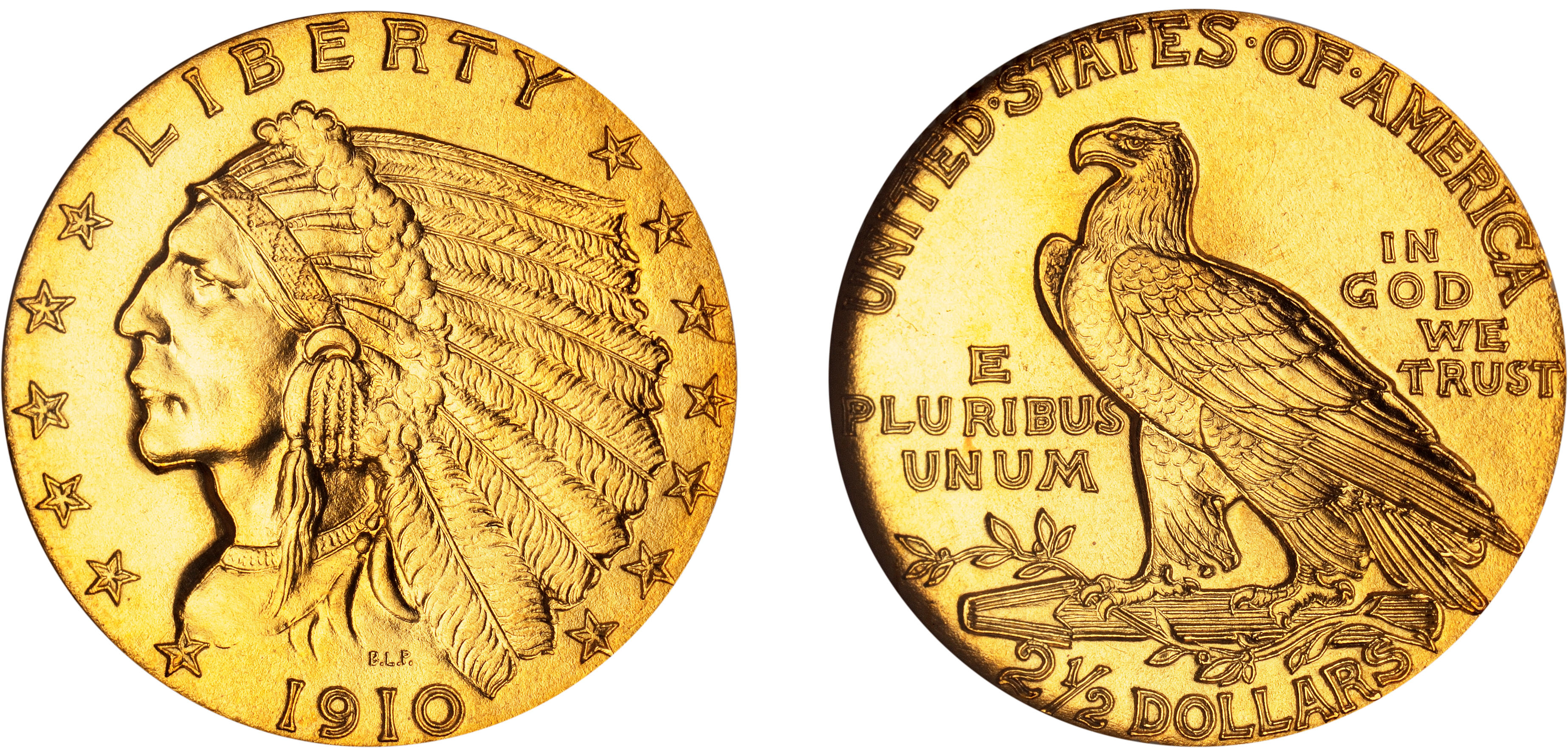
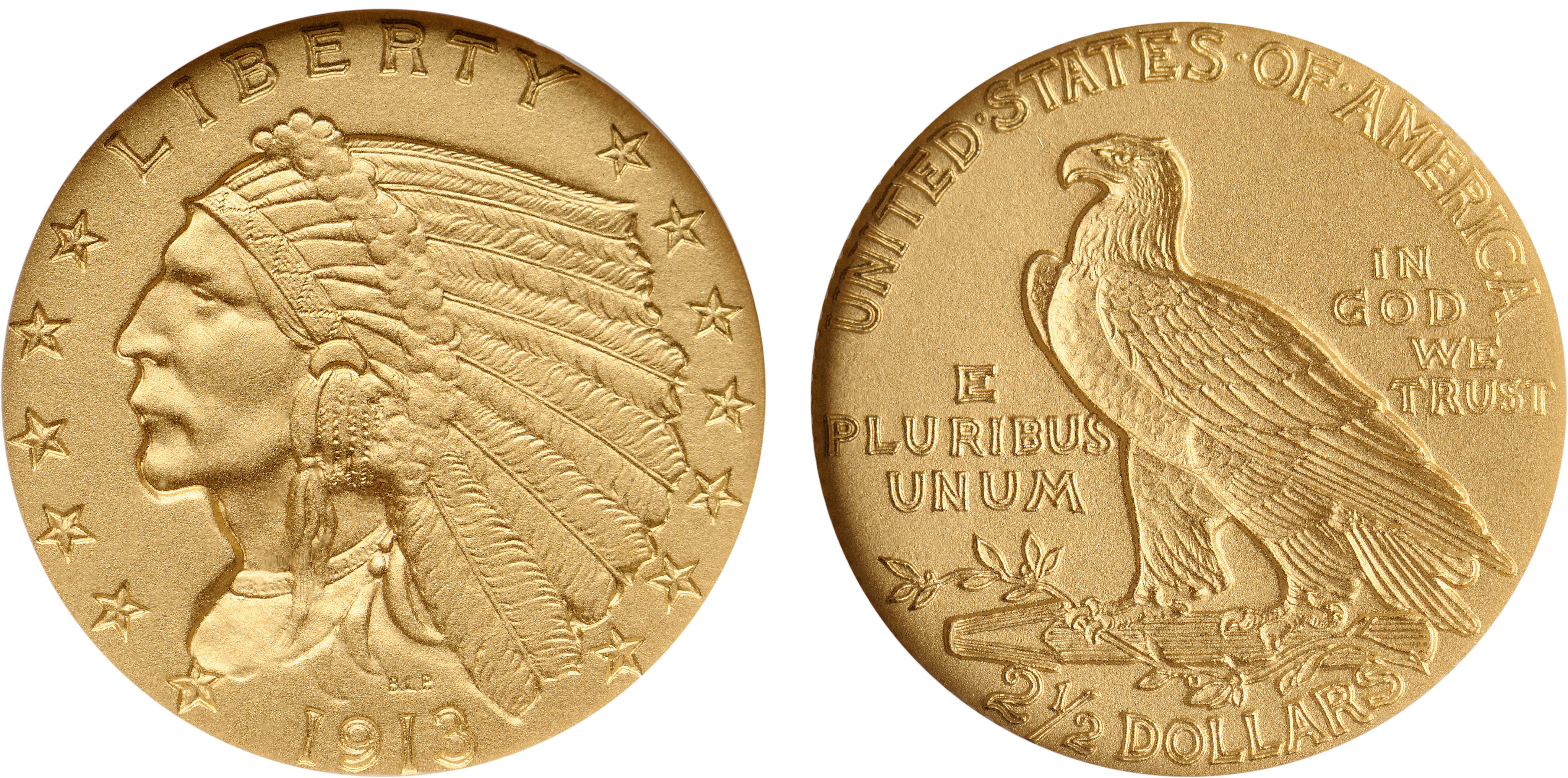
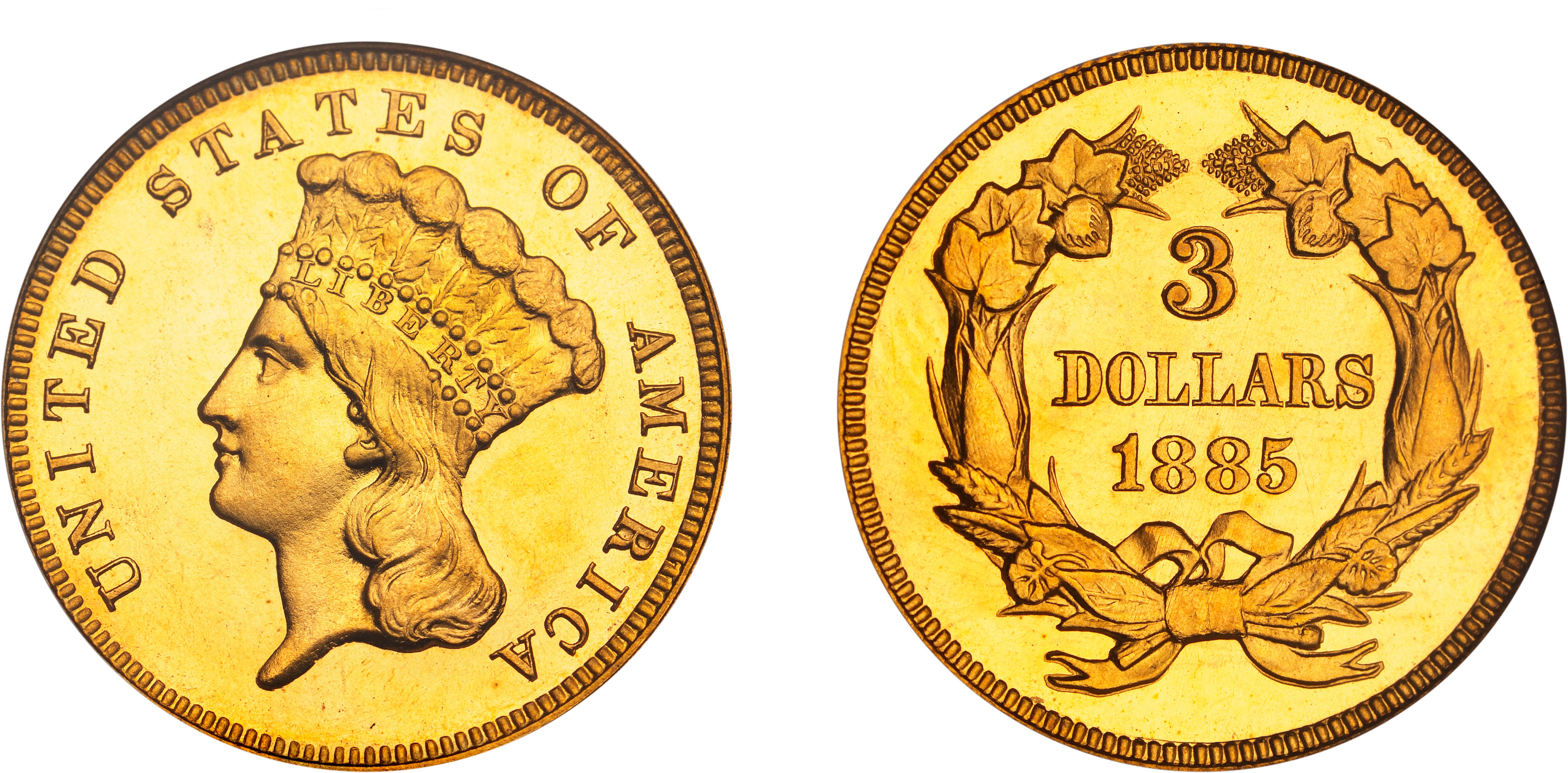
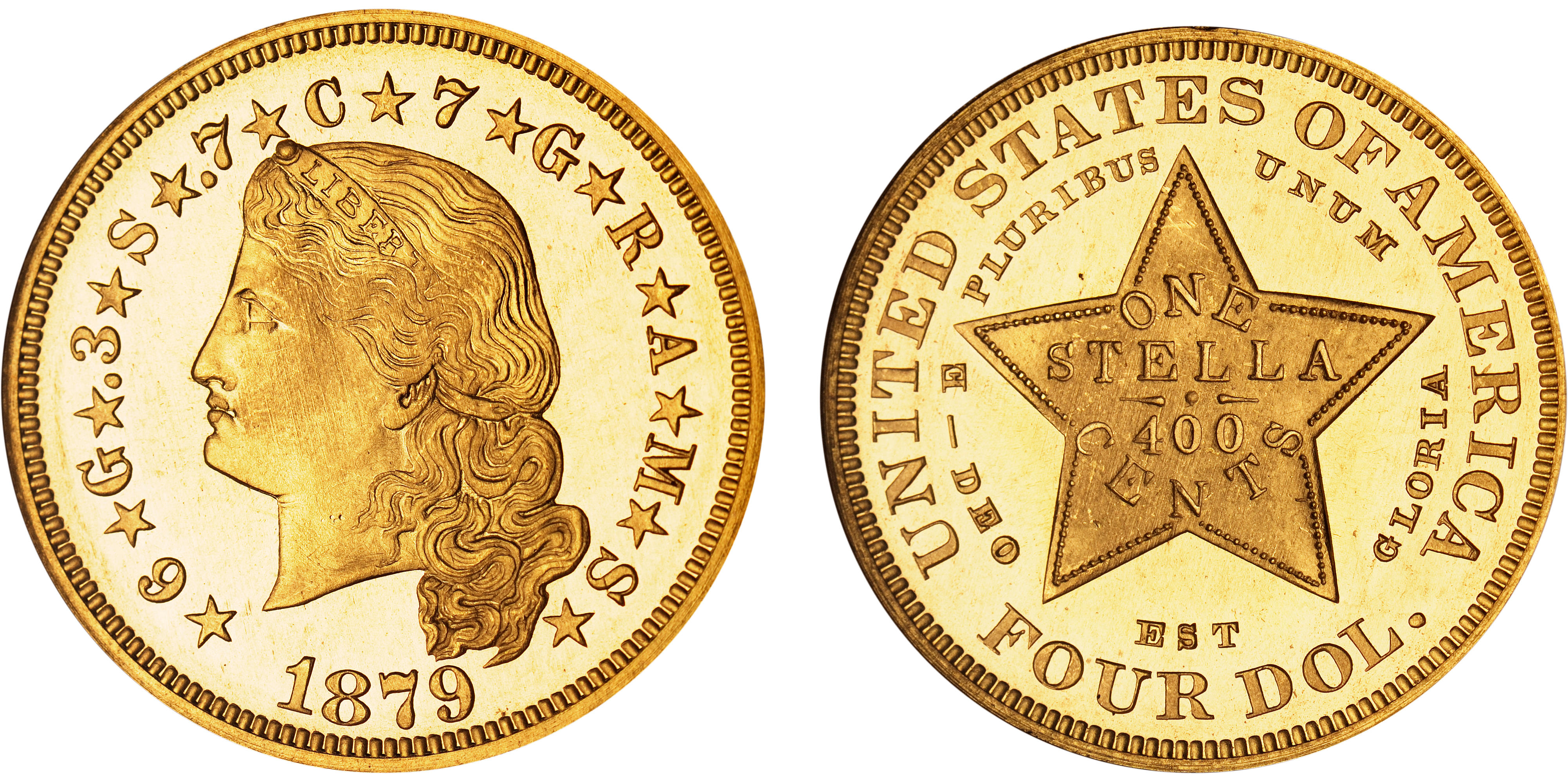

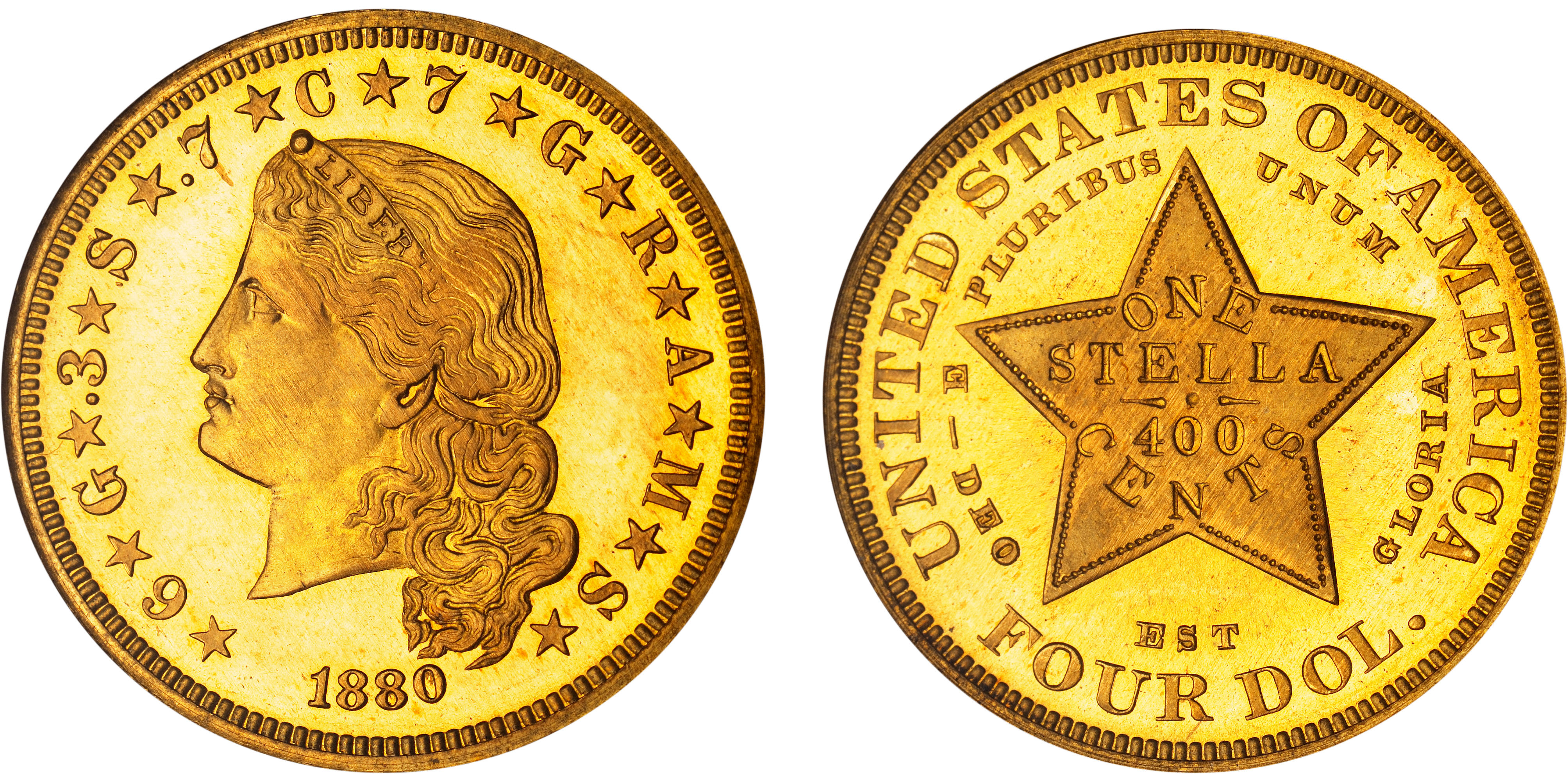


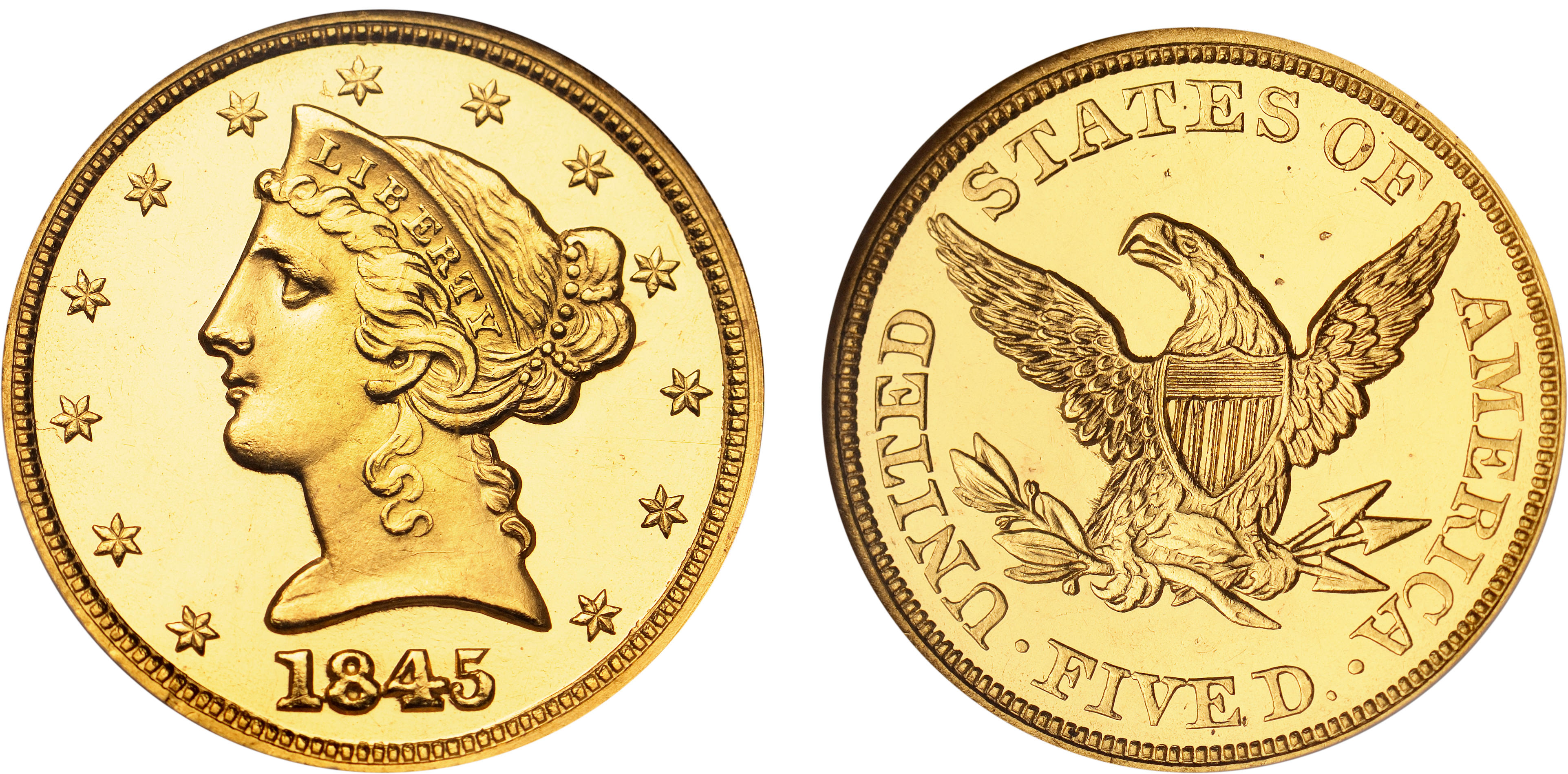

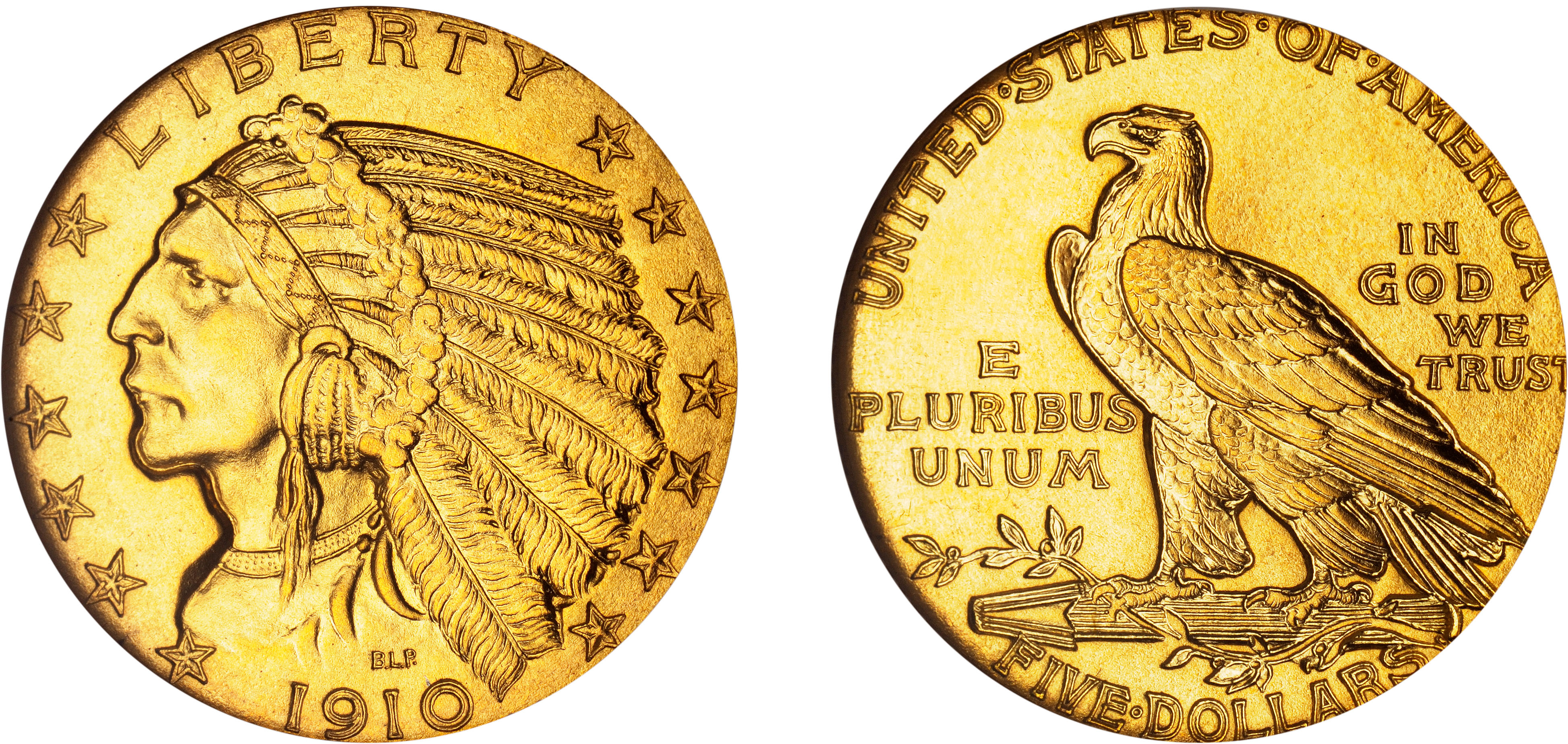
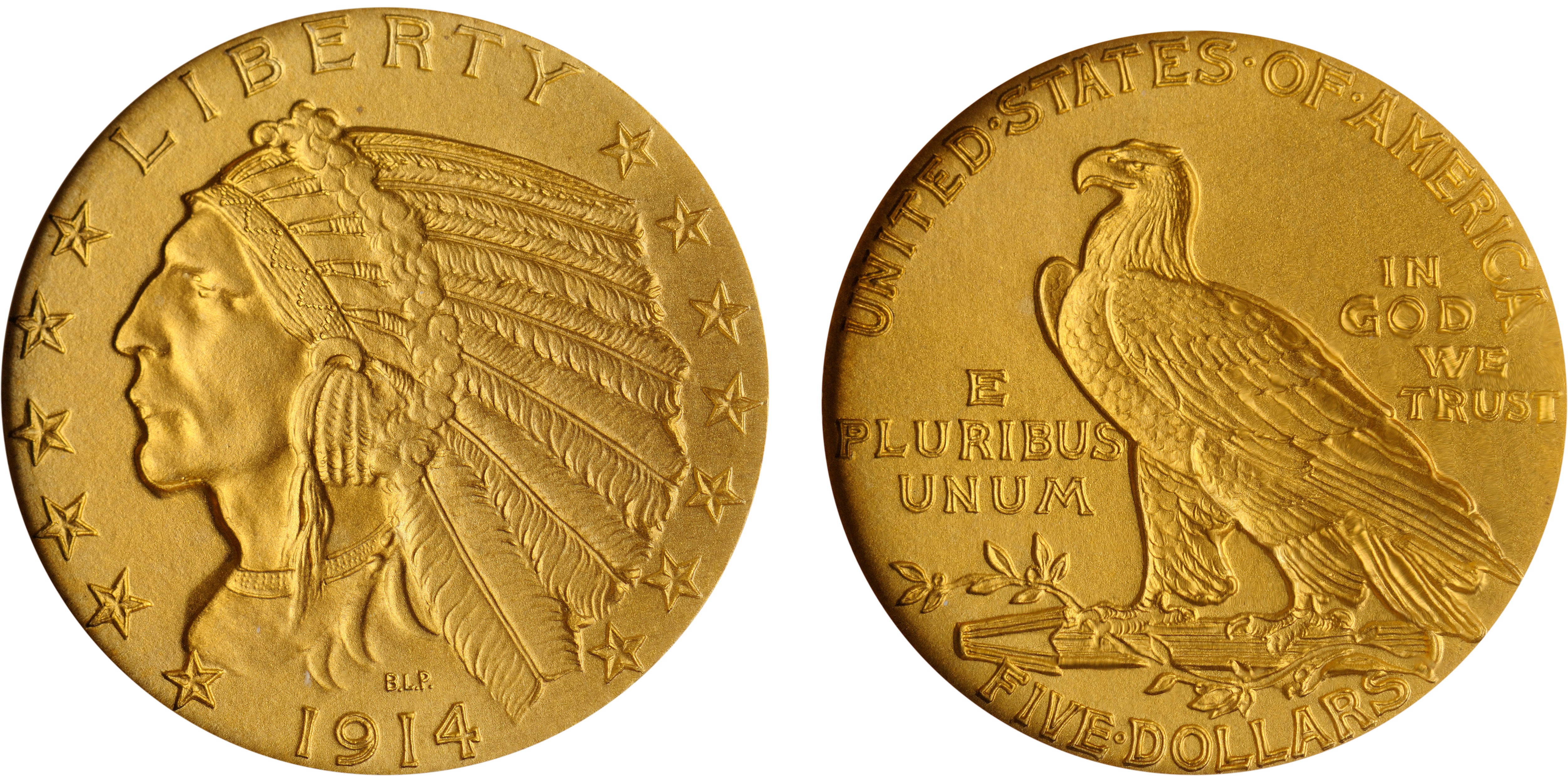
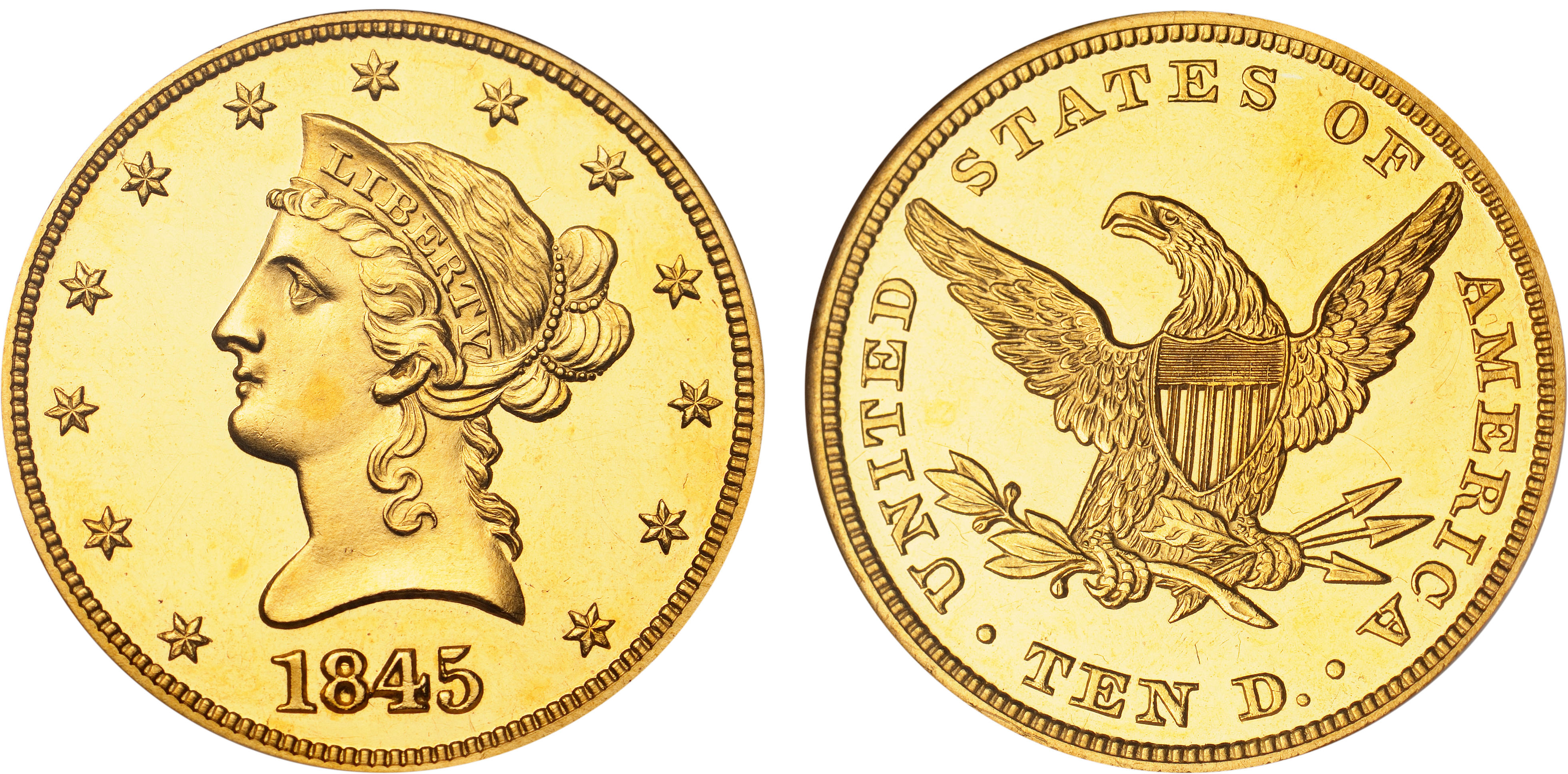
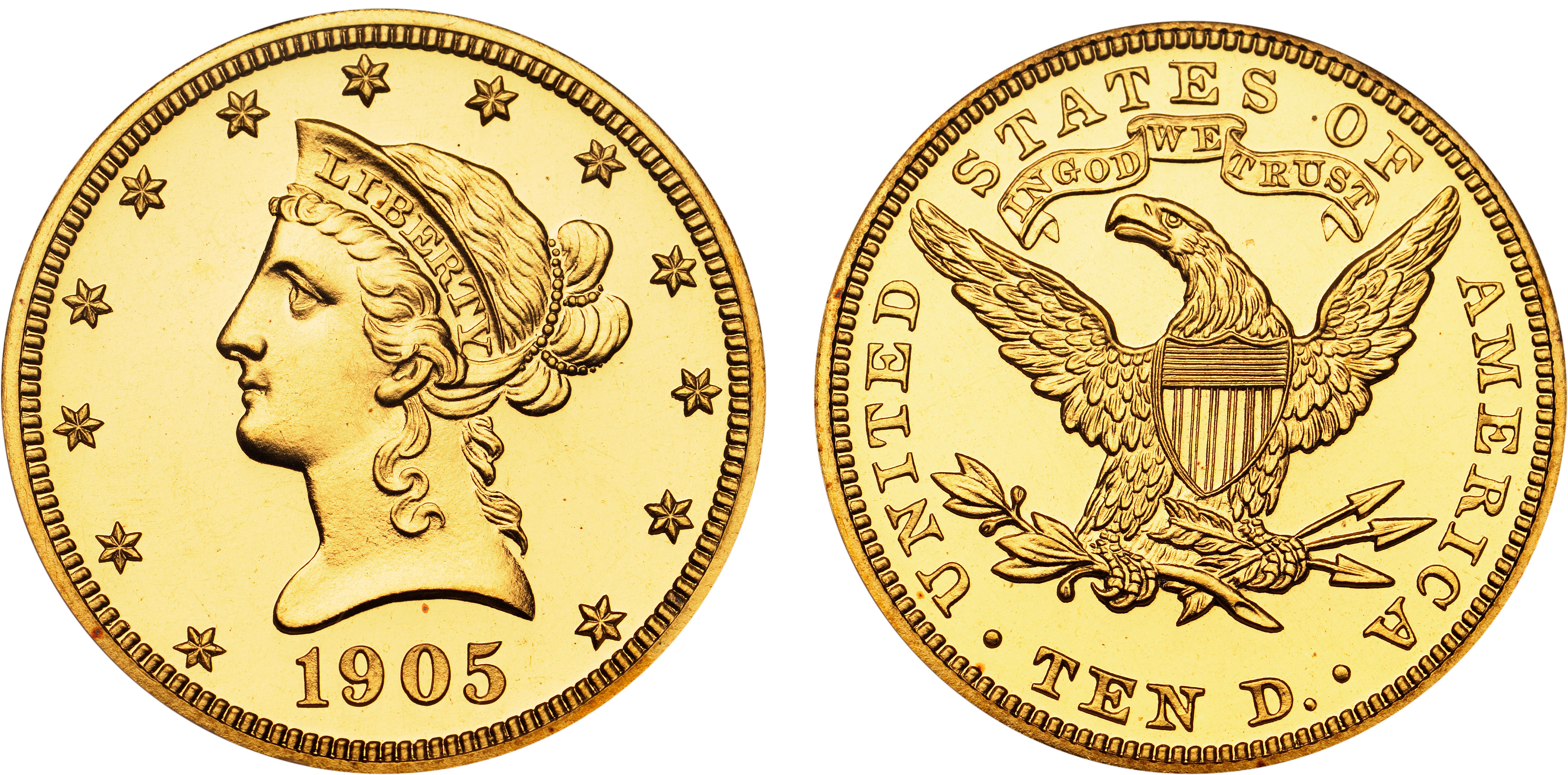
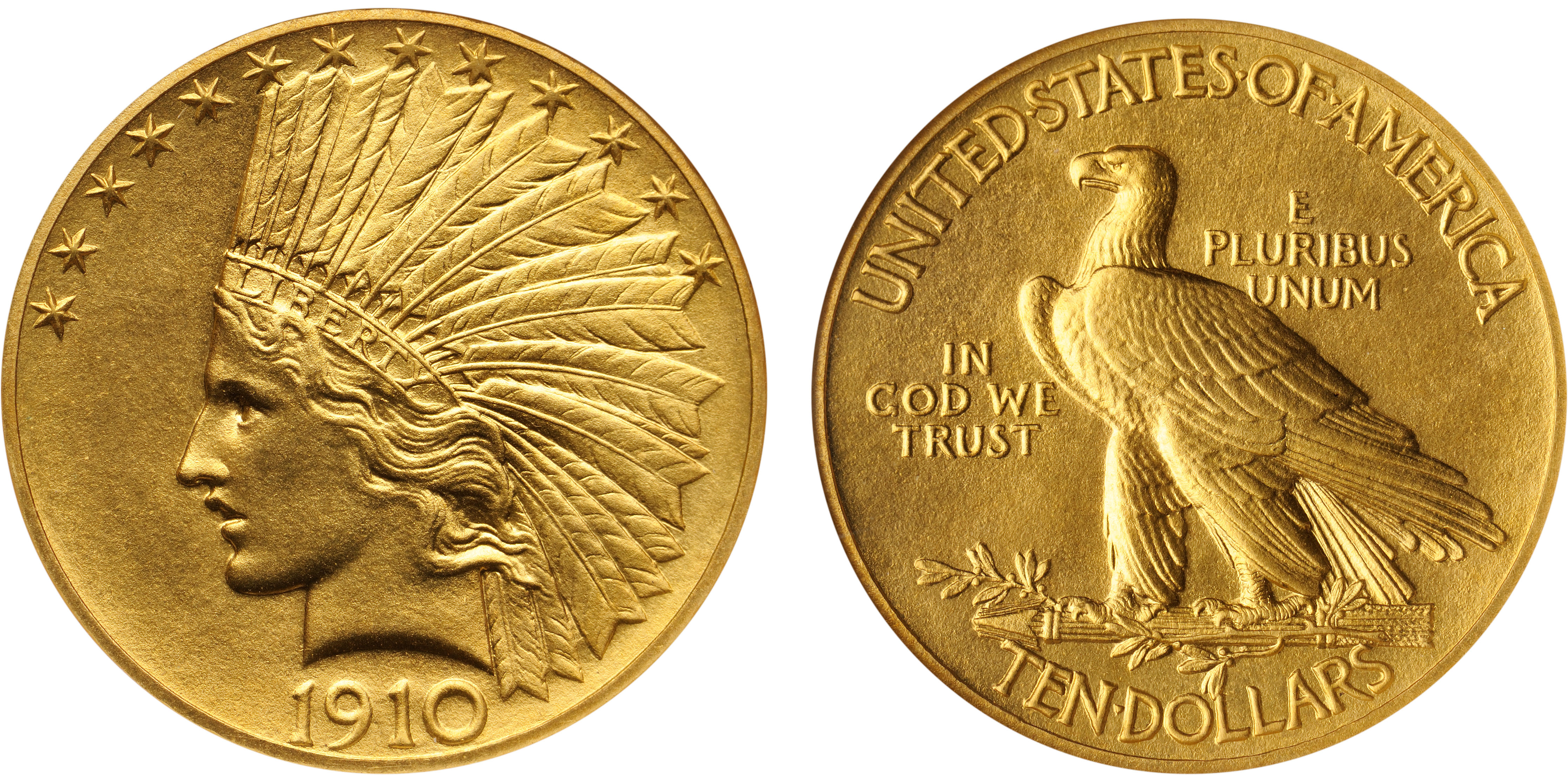
Testen Sie LotSearch und seine Premium-Features 7 Tage - ohne Kosten!
Lassen Sie sich automatisch über neue Objekte in kommenden Auktionen benachrichtigen.
Suchauftrag anlegen